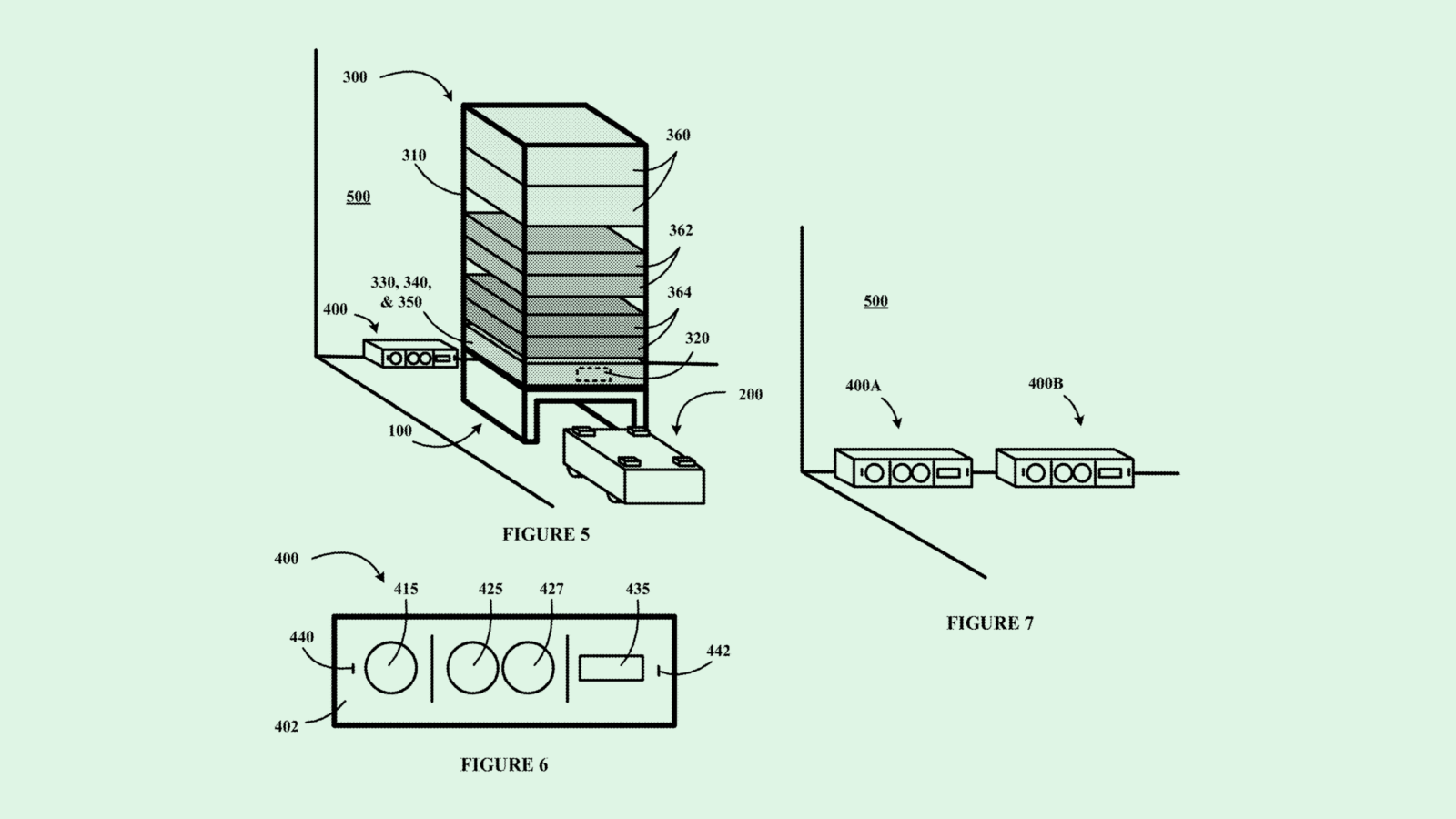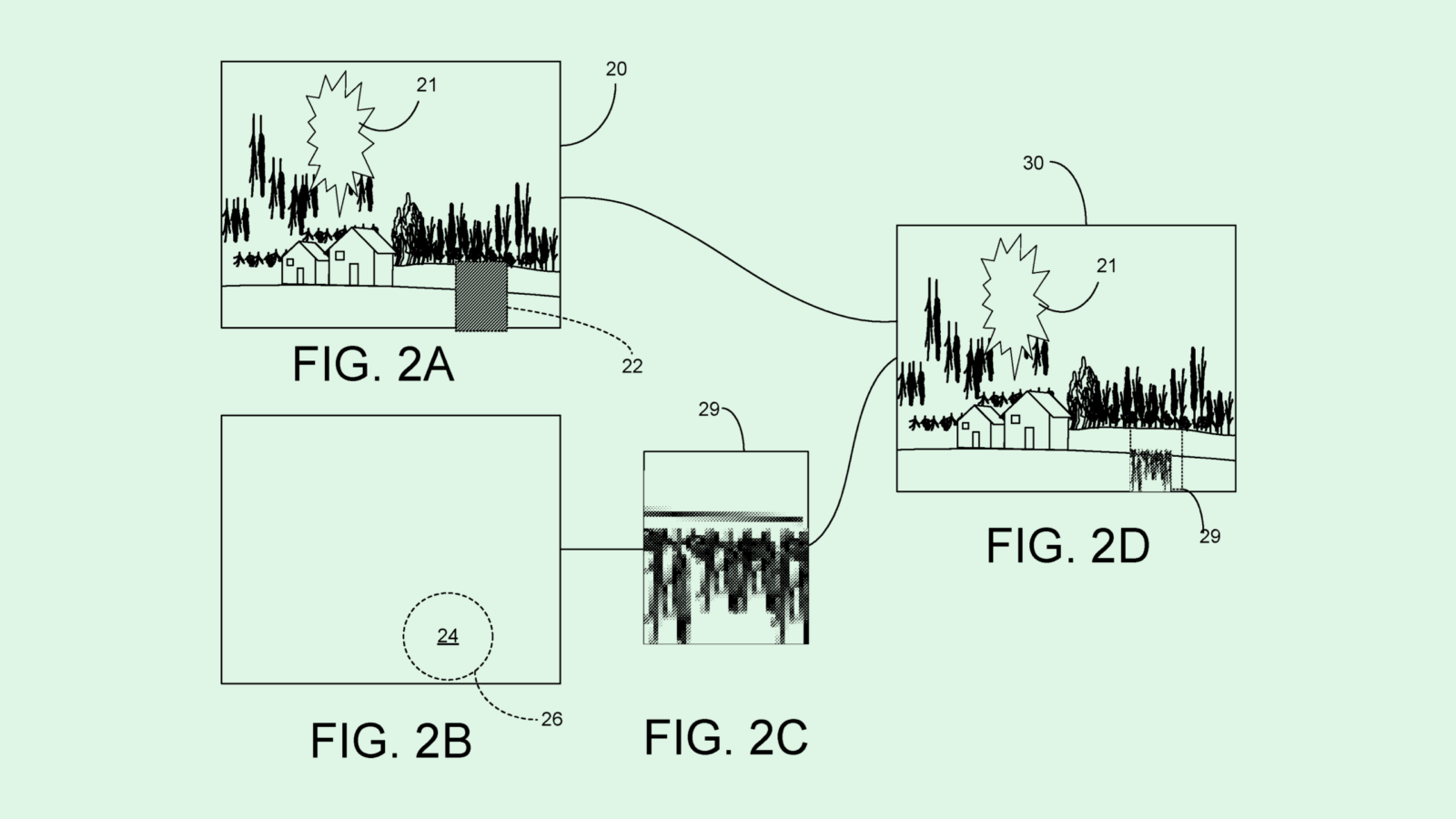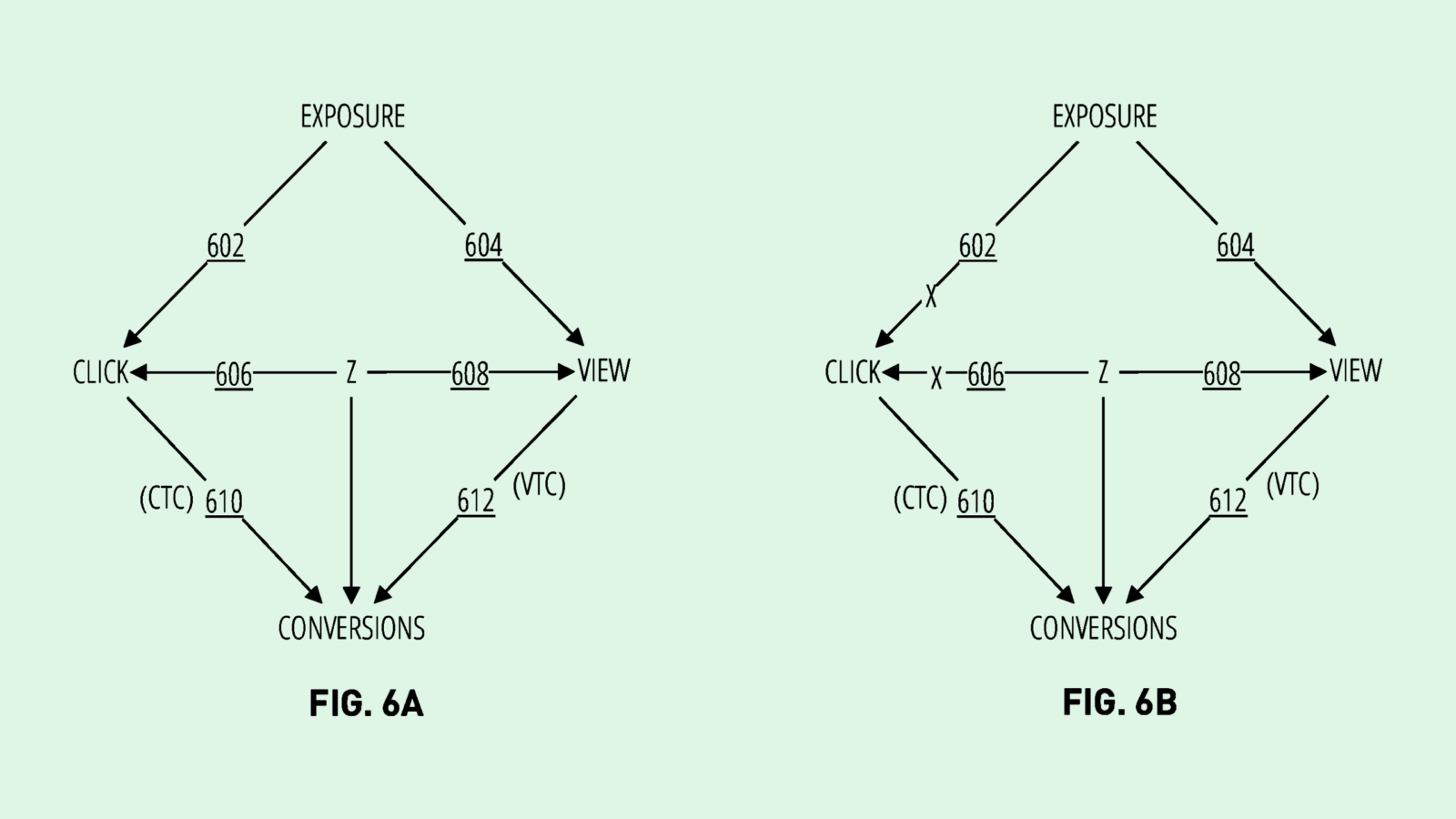Happy Thursday and welcome to Patent Drop!
Today, Nvidia’s patent for robotically-operated server farms signals that the company wants to be a thought leader in the data center space – and maybe automate humans out of it entirely. Plus: Google adds to its smart glasses push, and Snap makes digital ads more intuitive.
Let’s dive in.
Nvidia’s Data Center Automation
Nvidia is putting robots to work.
The company filed a patent application for “intelligent components of a data center,” which details a system to use autonomous machines to manage and operate data center server racks and components.
“As the size of data centers and the complexity of their layouts increases, inspecting and repairing computing equipment in this manner becomes more difficult for technicians,” Nvidia said in the filing.
Nvidia’s tech relies on robots to manage the movement and positioning of server racks. A central monitoring system oversees operations, issuing commands to the robots to reconfigure the racks based on whatever the data center needs at any given moment to function efficiently. The central monitoring system also watches and adjusts the data centers’ cooling systems in real time.
The arrangement could make it easier to scale and adjust data centers based on factors like environmental conditions, computational demand or maintenance needs, without having to involve human technicians.
However, Nvidia noted, if there are problems that robots can’t solve, a technician is “summoned via an alert, a message, or an alarm, to manually investigate the reason for failure.”

The patent application adds to a broader IP push from Nvidia, seemingly seeking to cement its place as a thought leader in data center architecture, said Trevor Morgan, senior vice president of operations at OpenDrives.
While many of its filings tackle the energy efficiency issues that server farms pose as AI development continues at a rapid clip, this one combines the company’s AI and automation expertise with its data center strength, creating a “beautiful merging of robotics and intelligence for the purpose of efficiency,” said Morgan. “It’s optimization across all of the dimensions of a data center.”
Despite pursuing such patents, it’s unlikely that Nvidia will shift its focus to building and operating its own data centers, Morgan noted, especially given how well its current strategy has been working out for the company: The chip giant once again beat earnings expectations on Wednesday, reporting revenue of $35.08 billion, up 94% year over year. Data center revenue alone for the quarter was $30.8 billion, up 112% from the previous year’s quarter.
Proving that it’s a thought leader in the data center space does more than generate good press, said Morgan. It could also lead to lucrative licensing agreements and partnerships, as well as allow the company to shape what the future of the data center looks like.
“[Nvidia] owns so much IP that it doesn’t realistically want to build [data centers] itself,” said Morgan. But in owning these ideas and allowing other firms to use them, “they’re dictating the larger environment in a way.”
However, the data-center robotics patent in particular begs the question that many enterprises are grappling with as AI-powered automation continues to become the new normal: Is it always better to take the human out of the loop? And where should the line be drawn?
“If a robot can push the server rack better than you can, what do humans do?” said Morgan. “And is it really cheaper to do that? I do think that those kinds of questions are also behind what Nvidia is doing.”
Google’s Sharp Eye
Google wants to be a little easier on the eyes.
The company filed a patent application for “foveated images with adaptive exposure” that would automatically adjust exposure in augmented or virtual reality environments depending on where the user is looking.
For reference, a “foveated” image is created via a technique which prioritizes rendering images only where the user’s gaze is focused, which can lighten the processing load on artificial reality devices.
Though human eyes automatically adjust exposure in the real world, artificial reality doesn’t have that same capability. “Thus, details of the image that have been captured are lost in the process of displaying the image to the user,” Google said in the filing.
Google’s tech uses infrared eye tracking to monitor a user’s gaze and determine “fixation points.” Around this point, the system applies a “Gaussian mask,” a technique that creates a blurred region around the user’s point of focus. Every pixel that’s within that Gaussian mask is adjusted individually to fix the exposure, and the resulting foveated image is streamed back to the user.
The goal is to provide real-time image correction based on user attention, while easing the computational burden in AR devices.

It’s no secret that Google is readying for re-entry into the AR glasses market. The company has a number of patent filings related to artificial reality tech, including improved image overlay technology and neural network-based mapping. The company is also in league with Qualcomm and Samsung to create a set of mixed reality glasses.
Though the market is very nascent, there are a few rival firms that have made their interest in the tech clear – namely Meta and Snap. Both social media giants have shown off a set of AR glasses in the past several months, with Meta debuting Project Orion and Snap releasing its fifth-generation Spectacles in September.
Though it may have to play a little catchup, Google has a few advantages in this market, said Jake Maymar, AI strategist at The Glimpse Group. The company’s AI prowess gives it a leg up in making the devices more useful to users.
Another advantage is the brand awareness that Google and its products already have, he said. Its stronghold on the phone market with Android doesn’t hurt, as the headsets likely won’t be standalone devices right away.
But despite Google’s advantages, the industry as a whole has tons of hurdles to overcome, including engineering, form factor, cost and adoption, he said. “I think they’re well positioned to be successful,” said Maymar. “But AR is a very, very hard problem to solve. And major companies are still trying to solve this.”
And let’s not forget that Google has tried – and largely fumbled – smart glasses in the past with Google Glass. But there are a few reasons it may be able to avoid another “glassholes” situation, said Maymar. For starters, consumers are more aware of artificial reality as a concept than they were when Google Glass was first introduced. With that, more “practical applications” for the technology have emerged, he said.
“I think society will sort of adapt to this new technology and decide where it can be used, and where it’s inappropriate,” he said.
Snap’s Ad Predictor
Snap wants to know what makes you head to the checkout.
The company is seeking to patent a system for “predicting a conversion rate” for advertisements. To put it simply, Snap’s tech uses machine learning to determine the likelihood that users will be hooked by different digital ads.
“Selecting advertisements to be transmitted to such a wide variety of devices at various locations can be difficult,” Snap said in the filing.
Snap’s machine learning model evaluates the bids of different advertisers to choose which one will be most effective based on the predicted conversion rate. The model takes into consideration factors such as typical user behavior and historical conversion rates for similar ads. Each advertising bid that’s fed to the model is then ranked among other bids based on its predicted performance.
The machine learning model is trained to provide predictions on multiple kinds of relevant ad data, including both click-through rates and view-through rates. It’s also trained to reduce biases that typically come with real-world advertising data.

Snap spent a lot of time in recent years overhauling its ad business, with CEO Evan Spiegel noting earlier this year that the company is “investing heavily” in AI to enhance its online ad platform. The company also wants to keep up with the rest of Big Tech on AI investment, with Spiegel claiming that Snap aims to spend $1.5 billion on the tech annually.
If its recent earnings are any indication, the focus has paid off. Snap saw revenue grow 15% year-over-year in the third quarter, beating Wall Street’s estimates, and expects the hot streak to continue into the fourth quarter. The gains were largely attributed to digital ad performance, as well as growth of it’s Snapchat+ subscription service.
Its consumer AI offerings also saw significant growth, as the number of messages sent to its My AI chatbot in the U.S. more than tripled quarter over quarter in the three months through September.
But Snap isn’t the only one that got an uptick in the recent quarter. The digital ad market has rebounded sharply for Big Tech firms: Google saw a 10% uptick in digital ad revenue in the recent quarter, and Meta’s sales increased by 19% while profits jumped 35%. Reddit saw advertising income grow 55% during the period.
Though the earnings performance represents a victory for Snap, it still faces significant competition from the likes of Meta and TikTok as it fights for advertisers and user attention alike while seeking to keep up in the AI race.
Extra Drops
- Microsoft wants to keep the group chat interesting. The company is seeking to patent “generative collaborative message suggestions.”
- Roku wants to know what the people want. The entertainment company filed a patent application for a “deep machine learning content item ranker.”
- Snap is bringing AI to AR shopping. The social media firm filed a patent for a “diffusion model virtual try-on experience.”
What Else is New?
- Google should be forced to sell off its browser Chrome, The Justice Department said on Wednesday.
- Business spending on generative AI surged 500% this year to $13.8 billion, according to a report from Menlo Ventures.
- Nvidia signaled that sales of its Blackwell AI chips will limited by how many chips it can make, rather than how many it can sell
Patent Drop is written by Nat Rubio-Licht. You can find them on Twitter @natrubio__.
Patent Drop is a publication of The Daily Upside. For any questions or comments, feel free to contact us at patentdrop@thedailyupside.com.
